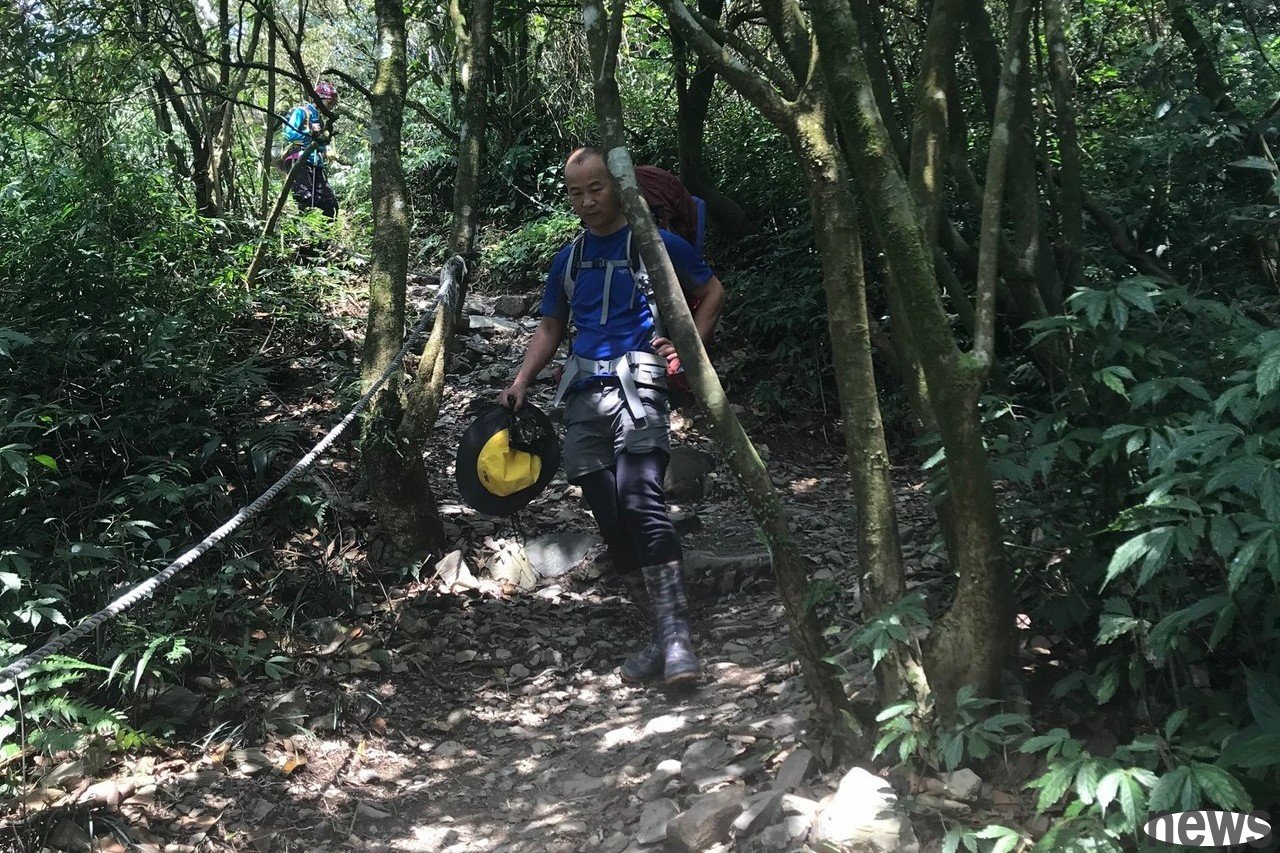
Many people with mountaineering experience will find that they will "shake their legs" when going down the mountain. Compared to the difficulty of climbing when going up the mountain, although the physical strength of going down the mountain is much lighter, the legs may withstand other pressures. Japanese sports physiology expert Masaya Yamamoto shared with you the key points of walking down the mountain in "Science of Mountaineering and the Body".
How to reduce leg impact when going down the mountain?First of all, we can understand that there are two reasons for legs fatigue when going down the mountain:
1. The centering contraction of the leg muscles
2. The impact force is high when landing, so it is key to reduce the pressure caused by the above two points.
When a person walks down the same height in different ways, the impact force of landing will also be different. When you walk down 30 cm in a normal way, you will bear about twice the weight of your strength. If you step on it hard, the impact will be more than three times. If you carry heavy objects on your back, it will also increase the impact force.

Therefore, it is recommended that you walk as much as possible when going down the mountain to avoid unnecessary burdens of luggage. When the human body is working hard and hard to complete it once, the better way is to reduce the intensity and perform it in batches, which will greatly reduce the damage to the body. A small stride can reduce the degree of center retraction of the quadrilateral muscle, prevent muscle damage, and reduce muscle soreness after going down the mountain.
Change down posture and disperse muscle pressureChange walking method and effectively reduce the burden of the quadrilateral quadrilateral. In the book, it is recommended not to go down the mountain from the front, but to slightly move the body to the side, lower the center of gravity as much as possible on the hips, and avoid excessive flexing of the knees. This can disperse the pressure on the quadrilateral quadrilateral during downhill. You can imagine that you are doing squat practice and master the principle of not exceeding the tip of the knees and center of gravity on the buttocks.
{twenty three} {twenty four}
Another method is to turn the trekking pole toward the side of the valley and then gently lower your legs, which can also reduce the pressure on your lower body at a low speed. Walking on rocks or steep terrain with tree roots, it is also best to turn the body back rather than forward, and use your arms to help balance and spread the center of gravity across the muscles of the body.
reminds the public that in addition to the tips for going downhill mentioned in the book, following the instructions of professional mountaineering, choosing suitable mountains and daily physical training are also very important. While challenging yourself in mountaineering, you must also pay attention to your personal safety.